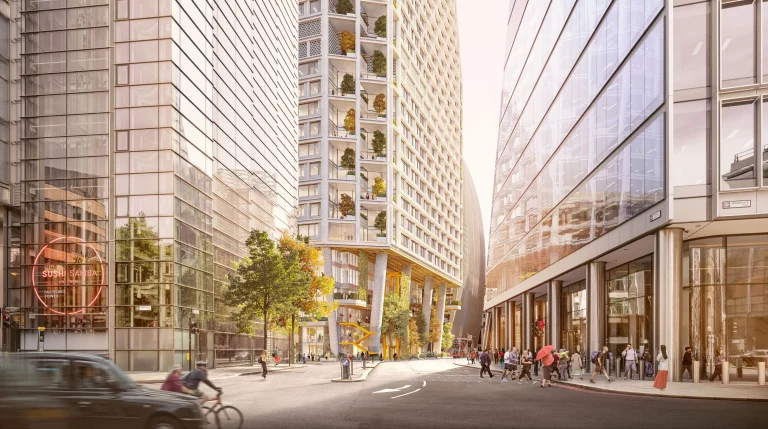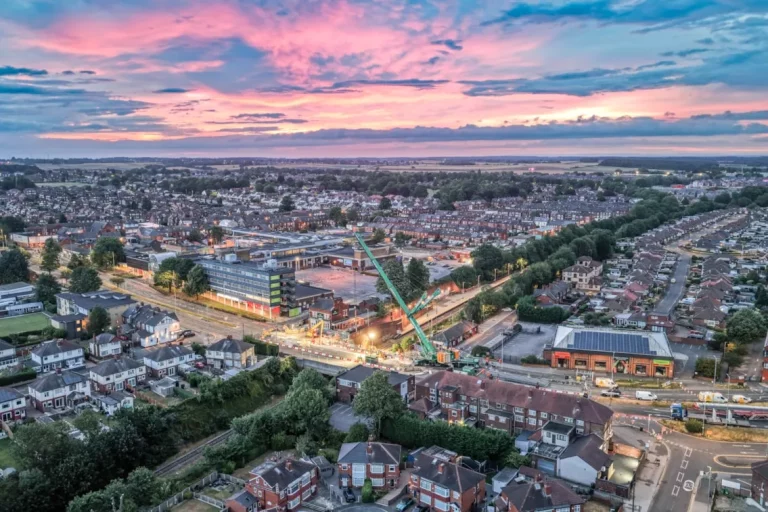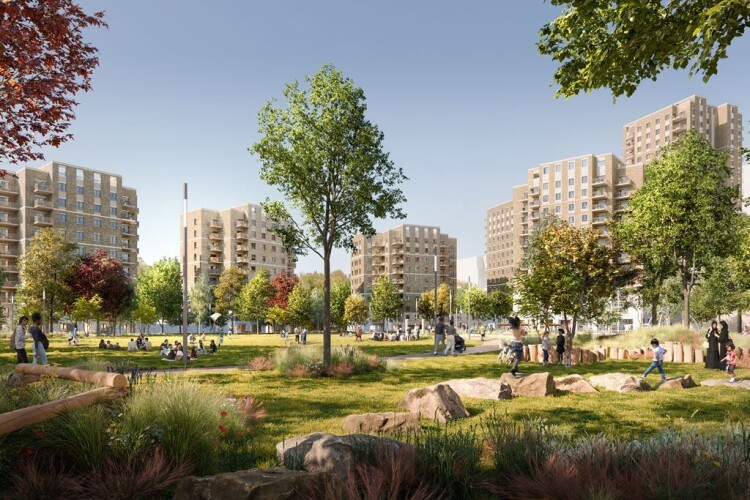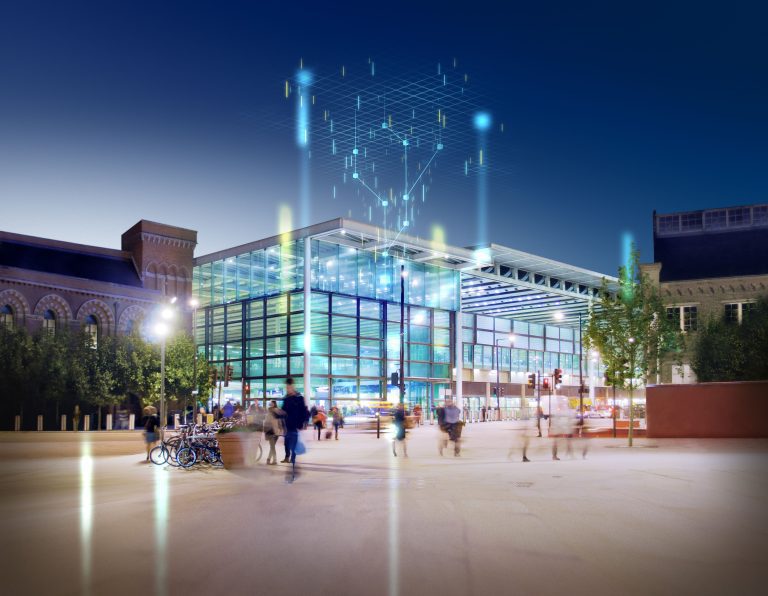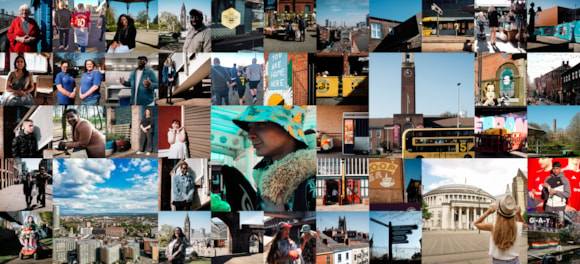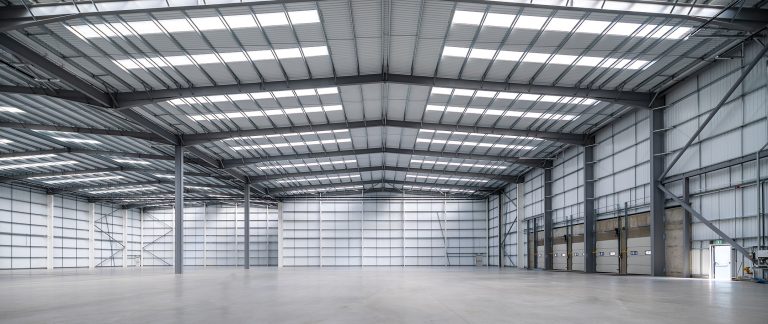The casino industry has always been eager to adopt cutting‑edge technologies, yet the latest shift goes beyond eye‑catching screens and decorative lighting. Architects and operators now rely on artificial intelligence and smart‑building systems from the very first blueprint. By running traffic‑flow simulations, planners can test multiple entrance points, gaming‑floor layouts, and emergency routes long before ground is broken. Early integration of AI also allows developers to forecast energy loads, refine structural requirements and schedule materials more accurately. The result is a foundation that’s not just sturdy but data‑driven—ready to adapt over time and support a fully connected, experience‑focused resort. Data‑Driven Design Decisions Once the groundwork is set, AI continues to influence how every square metre is allocated. Real‑time footfall analytics help designers position high‑interest zones—restaurants, VIP lounges, or immersive slot clusters—where they produce the most engagement. Heat‑mapping technology identifies potential bottlenecks so architects can widen aisles or re‑route traffic before construction even starts. By referencing historical data from similar venues, teams can predict dwell times, seasonal peaks and demographic trends. These insights ensure the final build maximises guest satisfaction while keeping staffing costs predictable. For investors, this precision translates directly into higher revenue per visit and a faster return on capital. Competing with the Convenience of Online Casinos Physical venues also face a new challenger: the rise of online casinos UK players can register with. These platforms deliver instant play, 24‑hour service and effortless account setup—luxuries that bricks‑and‑mortar properties cannot ignore. To remain attractive, land‑based casinos are blending AI‑driven features—adaptive lighting, personalised way‑finding and app‑controlled ambience—to create experiences the home screen can’t replicate. Facial‑recognition check‑in, automated valet parking and biometrically secured VIP areas all aim to match the convenience of online play while offering something digital sites cannot: a fully sensory environment. The message is clear—if guests can spin reels in their living room, physical casinos must leverage technology to make the journey irresistible. Smarter Construction with AI and BIM During the build itself, AI‑enhanced Building Information Modelling (BIM) streamlines scheduling and logistics. Predictive algorithms analyse weather forecasts, supplier lead times and labour availability to prevent delays. Automated conflict‑detection flags design clashes—such as HVAC ducts intersecting structural beams—before materials arrive on site. These efficiencies are critical for large casino resorts where every day of delay translates into significant lost revenue. Contractors equipped with AI dashboards can also optimise waste management, reducing environmental impact and improving sustainability credentials, a growing priority for regulators and shareholders alike. AI‑Powered Surveillance and Security Once operational, a casino’s most sophisticated tech often sits silently behind the scenes. AI‑driven surveillance systems monitor gaming floors, entrances and cash‑handling areas, spotting suspicious patterns in real time. Behaviour‑analysis software can differentiate between a celebratory crowd and a potential disturbance, alerting security staff instantly. Facial‑recognition gates speed up ID checks, easing congestion while maintaining robust compliance. These measures reduce reliance on large security teams, lower insurance premiums and foster an environment where guests feel both safe and indulged. Intelligent Energy and Sustainability Management Modern resorts consume vast amounts of power, yet AI is helping them run greener. Smart sensors adjust HVAC output room by room, learning occupancy habits and local weather shifts to minimise wastage. Dynamic LED systems dim or brighten zones according to foot traffic, preserving ambience without burning excess electricity. In some venues, AI even controls window shading to balance natural light with cooling loads. These incremental savings add up—protecting margins while supporting corporate sustainability goals that increasingly influence licensing and investor confidence. Personalised Guest Environments Beyond efficiency, AI shapes how guests perceive the space. Digital signage swaps themes for sporting events or seasonal promotions in seconds. Loyalty‑programme data feeds into ambient settings, so a returning high‑roller’s favourite playlist and drink order appear moments after they sit down. Rooms equipped with voice‑activated controls let visitors tailor lighting, temperature and entertainment with a simple request. Such hyper‑personal touches transform a standard gaming trip into a memorable, share‑worthy experience that online platforms struggle to rival. Predictive Maintenance and Asset Protection Keeping a 24/7 venue running is a logistical feat; AI sensors embedded in lifts, escalators and refrigeration units detect micro‑anomalies long before human staff notice a fault. Maintenance teams receive automated alerts, scheduling repairs during low‑traffic windows to avoid revenue‑sapping downtime. Predictive upkeep extends asset life cycles, cuts emergency call‑outs and maintains consistent guest satisfaction—essential in an industry where even minor technical glitches can tarnish reputation. VIP Zones Designed by Data High‑limit rooms and private salons generate disproportionate revenue, so their design is crucial. AI evaluations of betting patterns and dwell times inform everything from chair ergonomics to table spacing. Discrete entrances use biometric verification for seamless, secure access, while sound‑masking panels ensure privacy. By aligning physical space with high‑value players’ expectations, casinos deepen loyalty and encourage longer stays. When combined with bespoke service apps and real‑time rewards, these environments deliver a brand experience no home office or smartphone can imitate. Smart Parking and Traffic Flow Guest experience begins in the car park. AI‑powered guidance systems direct vehicles to available bays via digital signage and mobile notifications, reducing congestion and first‑impression frustration. Licence‑plate recognition automates payment and security checks, allowing seamless transition from motorway to gaming floor. These efficiencies free staff for higher‑value hospitality roles and provide valuable data on peak arrival times, informing future layout tweaks and promotional scheduling. Integrated Building Management Systems Finally, AI ties everything together in a central Building Management System (BMS). From a single dashboard, operators monitor energy use, security alerts, occupancy rates and even social‑media sentiment. Cross‑analysis of these data streams helps executives fine‑tune everything from staffing levels to in‑house concert schedules. The casino becomes a living organism—adapting minute by minute to guest behaviour and external factors. Such responsiveness sets a new benchmark for hospitality venues worldwide.
